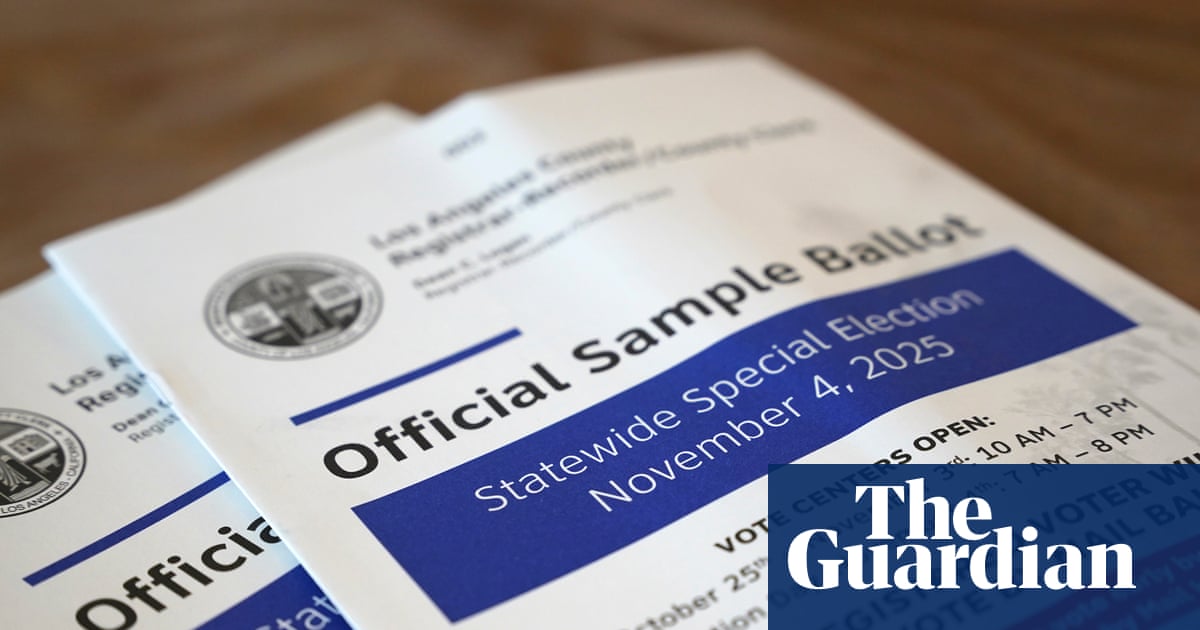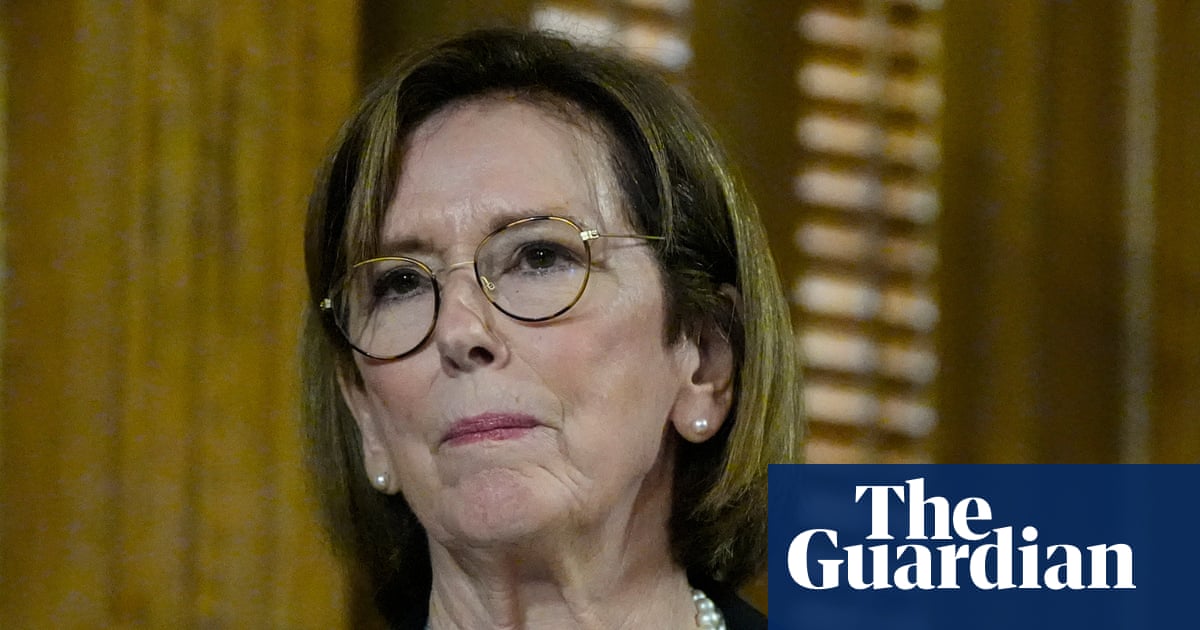NEW YORK (AP) — President Donald Trump's barrage of tariffs has quickly strained the United States' longstanding relationship with Canada over the last year.
Since taking office in January, Trump has threatened Canada's economy and sovereignty with steep import taxes on its goods. He's even claimed that America's neighbor to the north could be “the 51st state.” That rhetoric — paired with volleys of on-again, off-again new tariffs — has outraged Canadians, and created wider uncertainty for businesses and consumers across both countries.
Canada has responded with retaliatory trade measures. And just this week, Canadian Prime Minister Mark Carney outlined plans to double its non-U.S. exports in the next decade. Trump has since said he’s ending “all trade negotiations” with Canada, over an Ontario television ad that opposes his new levies.
Here's a timeline of how we got here.
January
On his first day in office, Trump says he expects to put 25% tariffs on imports from Canada starting on Feb. 1.
February
Trump signs an executive order to impose 25% tariffs on imports from Canada starting Feb. 4 — invoking this power by declaring a national emergency, ostensibly over undocumented immigration and drug trafficking.
Then-Canadian Prime Minister Justin Trudeau promises to respond by matching 25% tariffs on up to $155 billion in U.S. imports. But days later, Trump agrees to a 30-day pause, cooling tensions at least temporarily.
March
Trump’s 25% tariffs on imports from Canada go into effect on March 4, though he limits the levy on Canadian energy to 10%. In response, Trudeau announces counter tariffs on more than $100 billion of American goods over the course of 21 days.
But Trump soon grants a one-month exemption on these tariffs for U.S. automakers — and later postpones his 25% tariffs on goods that comply with the US-Mexico Canada Agreement, a trade pact from his first term. The action thaws relations with Canada somewhat, which suspends a second wave of its retaliatory tariffs, although uncertainty remains.
Worldwide, Trump’s new steel and aluminum tariffs — which now tax imports of both metals at 25% — still go into effect March 12. Canada then imposes more retaliatory tariffs worth $29.8 billion Canadian dollars ($20.7 billion) on U.S. imports, beginning March 13.
April
Trump announces his long-promised “reciprocal” tariffs on nearly all of America’s trading partners April 2, but doesn’t unveil additional levies on Canada.
The White House says USMCA-compliant imports can continue to enter the U.S. duty-free — and once Trump’s demands on immigration and drug trafficking are satisfied, the tariff on the rest of their imports may drop from 25% to 12%.

 German (DE)
German (DE)  English (US)
English (US)  Spanish (ES)
Spanish (ES)  French (FR)
French (FR)  Hindi (IN)
Hindi (IN)  Italian (IT)
Italian (IT)  Russian (RU)
Russian (RU) 























Comments